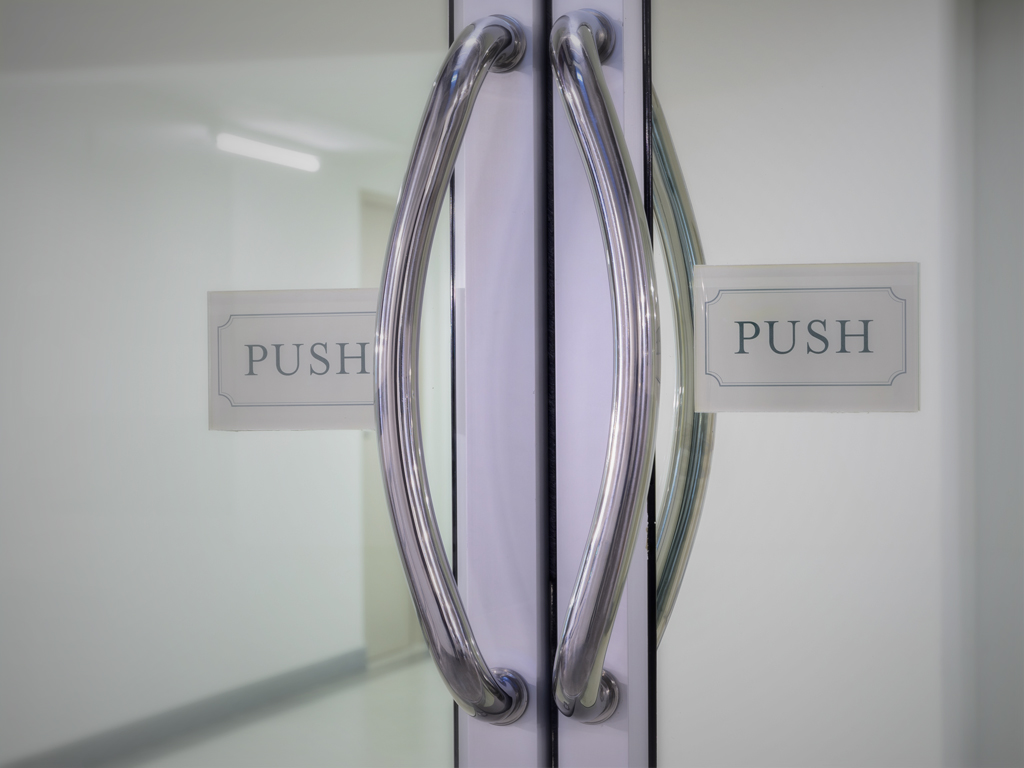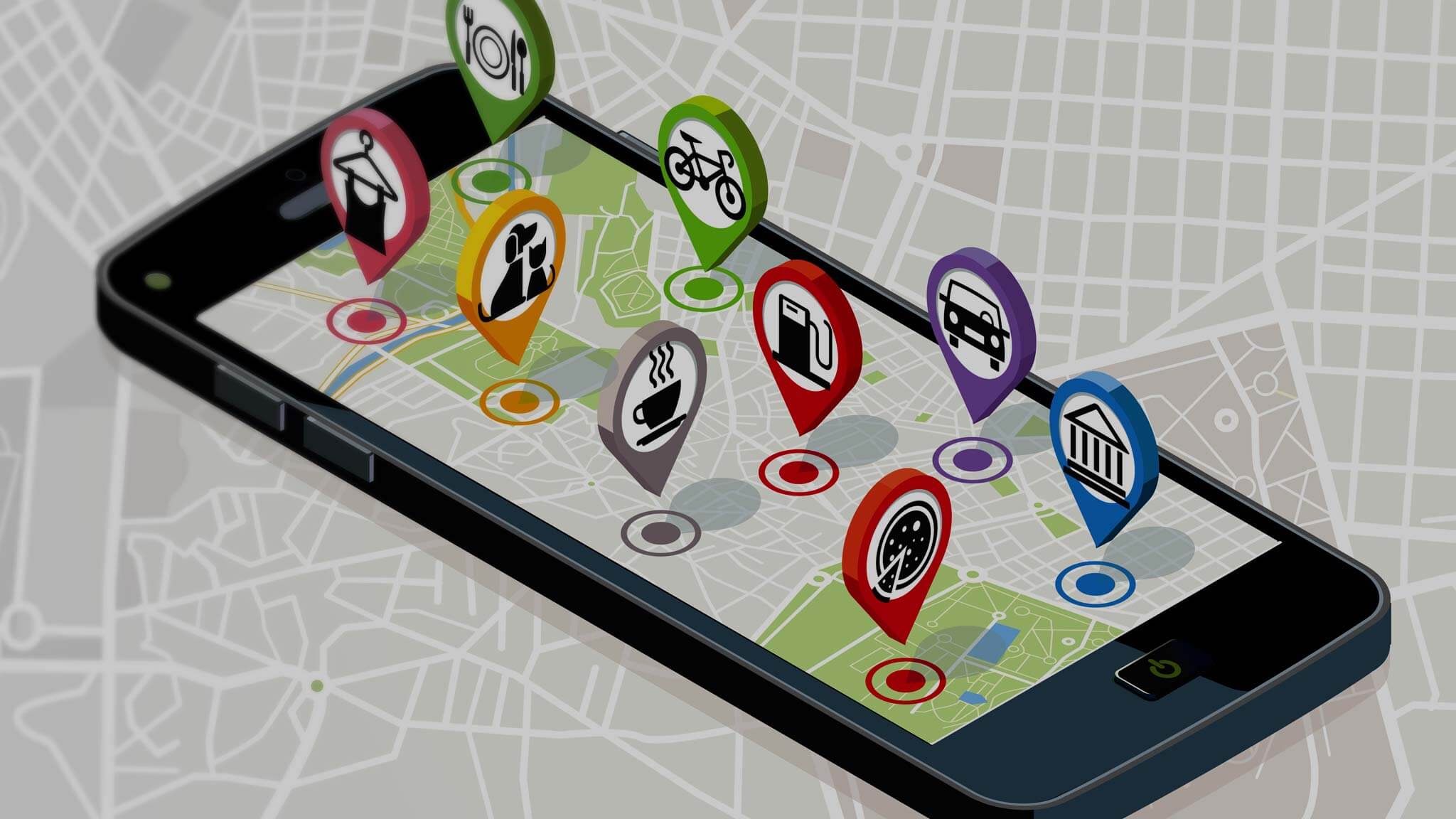To be human is to be distracted. But by understanding why, and always keeping these 3 principles in mind, you will be able to design for it.
I will make you a promise. You will do something else before you get to the end of this article. Take a quick peek at an incoming text, jump to a website open in another tab of your browser, maybe send an email or respond to a Slack message. To be human is to be distracted, but by understanding why, we will be able to design for it.
Let’s take a look at the breakdown of a 24 hour day. What happens in this timeframe?
- 7 hours — Sleep
- 5 hours — Watching Video
- 4 hours — Listening to Audio
- 1.5 hours — Social media
- 0.5 hours — Gaming
- 0.5 hours — Reading
- 6 hours — Work or school
If you’ve been adding as you go, you will have noticed something. The list above already adds up to just over 24 hours and we’re still not done accounting for all the things a person typically does in a day. There are a few more.
- 1 hour — Eating and drinking
- 3 hours — Leisure and fitnesse
- 1 hour — Personal and/or household care
- 2 hours — Cooking and shopping
This puts us at 31 hours of activity in a 24 hour day. Some quick math will tell you that the only way to pull that off is to be doing multiple things at the same time.
If we look even closer, the fight for attention gets even worse. For those of us designing experiences across different channels, not only do we have to worry about someone getting distracted by other activities, we also have to consider that the attention people are willing to give us doesn’t tend to go very far on the platform they are using in the first place.
Take a look at mobile. People use around 27 apps per month on average. At first glance that seems like a pretty good opportunity for that new app you’re building. In reality though, 79 percent of the time spent is used up by only five apps.

It is a similar story on desktop web. On a monthly basis, people visit 96 websites, however almost half of the time someone spends online (44 percent to be exact) is on only 5 websites.

The hard truth is that there is a good chance most people don’t care about what you are making, or put a better way, don’t have the time to care about what you are making. What they do care about is what kind of impact that thing you made will have on their lives and whether it is good enough for them to switch some of their valuable attention from one of their current things to your thing.
So how do we design for the distracted? For us, there are three key things we always keep in mind.
1. Benefit Ratio
Utility/ Effort. How much effort will I have to put in to feel like I’ve received an acceptable level of utility?
Mobile apps are particularly bad at creating good benefit ratios since almost two-thirds of U.S. smartphone users fail to download a new app each month. This is also why messaging based UI’s are being hyped so much lately. Low effort, high utility. Additional value is being added to an interface that most people are familiar with and doesn’t require extra attention or maintenance.
Here’s a good example: the Hilton HHonors app vs. SMS at the Waldorf Astoria in Orlando.
Like many major hotel chains, an app is a means to get details about your hotel and even ask for additional items. But also like every app, it is something that takes time to download and maintain so that you can continue to use it.
Contrast that with how the Waldorf Astoria (ironically part of the Hilton family of hotels) is using SMS. I didn’t use the app during this stay, but upon check-in was asked for my mobile number and immediately engaged by a ‘digital concierge’ who was able to address every question and request I had for the duration of my stay through a simple text.

This is an experience I talk about often, and one that required no effort on my part to benefit from.
2. Problem Not Product
What problem am I solving with what I am making? The Adidas Run Genie is an iPad app that pairs with wearable tech in the form of shoe pods to evaluate an individual’s running style and recommend the right shoe for them.

At first glance it would seem that the problem is one of selecting the right shoe. The reality is that the problem being solved is that of not being an expert, but wanting to be one. Both as a customer; wanting to know that they are picking the right shoe from the wall of shoes in front of them and as a sales associate being able to suggest and fit a shoe to someone that they have just met.
3. Grounded Perspective
Finally, we want to make sure we have a grounded perspective.
When we say grounded we are referring to finding a balance between what the business is trying to do, what its customers expect to be able to do, and what the technology will allow you to do.
For us, this manifests itself strategically as a Service Blueprint and tactically through design iteration, prototyping, and testing.

If you’ve read this far without actually doing what I promised you would do at the beginning then it looks like I was able to apply my own advice. On the other hand, if you did do what I promised it proves that the force of distraction really is that great and we all need to work really hard at ensuring we realize each of the three principles.



